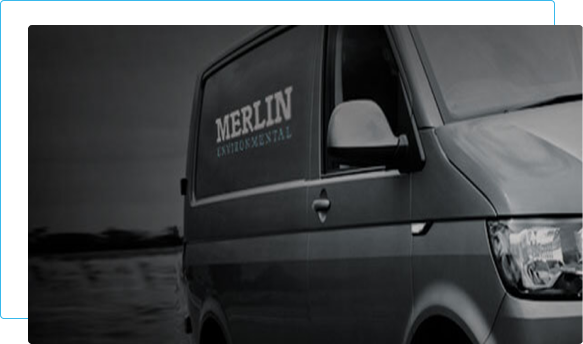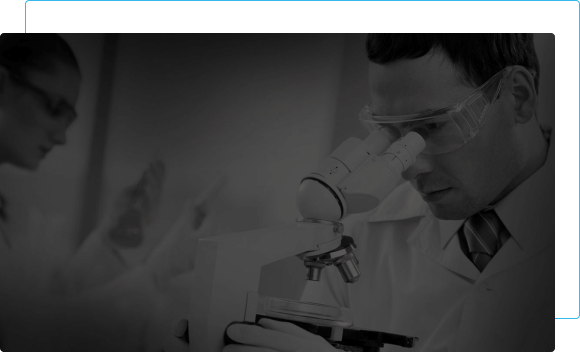Airport Pest Control
Fast, effective pest control service for airports across the UK and Ireland
- Free site assessment anywhere in UK or Ireland
- 24 hour response
- Unmarked vans for confidentiality
- We can operate at a time that suits you
- Solutions non-harmful to humans
- Regulatory compliant
Discreet
As part of our discreet pest control for airports, we can arrive on site in unmarked vehicles so as not to draw attention, and to help protect your reputation.
No Interruption
So as not to alarm employees or disrupt operations, we can tackle pest problems during quiet hours, such as when the airport has has minimal staff around or when a plane is grounded.
Fast Response
We understand that some pest problems are urgent. We have nationwide coverage across the UK and Republic of Ireland. We can respond to pest problems in under 24 hours.
Consequences of pests in airports and planes
When an airport or airline has a pest problem, it can lead to a chain of consequences that affect your bottom line. Below is a list of 5 common ways that an unmanaged pest infestation in an airport may affect the business.
- Delayed flights
- Unhappy passengers leading to complaints
- Bad press and reputational damage
- Prosecution for non-compliance with regulatory laws
- Lawsuits from passengers
- Loss of customers

Have a pest problem? Speak to a pest control expert today.
Common pests in commercial aviation
Rats
Mice
Birds
Bed Bugs
Moths
Fast Response. Free Assessment
We can be in any airport in the UK or Ireland within just 24 hours. We will deliver a completely FREE professional assessment of the pest problem, offer the most effective pest control solution to solve the problem along with a competitive, no-obligation quote. Once you give us the green light, we’ll get to work removing the pests. We’re well versed in all types of aviation pest control including removal of exotic pests, scanning and removing bed bugs, and bird control.
Compliance & safety
Depending on the nature of the issue, there may be regulatory restrictions that need to be adhered to, such as those that limit how birds are dealt with. In such cases, Merlin can offer a range of alternative solutions to ensure your business remains fully compliant, while also ensuring that staff are not exposed to anything harmful. We can operate at a time that suits you, whether that’s while planes are grounded, when airports are quieter, or we can offer fast response times for urgent cases involving exotic pests. We can show up in unmarked vans so as not to cause any disruption to employees, and to not alarm customers.
Our accreditations
We hold ourselves to a very high standard and we have the accreditations to prove it. We pride ourselves on offering an unrivalled experience in control as well as better quality service, response and reliability than other pest control companies.
Have a pest problem? Speak to a pest control expert today.
Integrated pest management for airports
The most effective, long-term way to manage pests in airports is by using a combination of different methods that work together to ensure the pests do not return. Below are the four primary tactical approaches that can be deployed. Depending on the particular pest problem, and its location, we’ll deliver a combination of these methods to not only eliminate pests, but also prevent reoccurrence.
Biological controls
Biological control is the use of the pests’ ‘natural enemies’ to eliminate them in a human safe way. This might include natural predators such as hawks being used to hunt pigeons, or heat treatments to destroy fleas, cockroaches, bed bugs or moths. Biological pest controls can often provide a more effective and safer alternative to chemical methods.
Cultural controls
Cultural control is about understanding what operational procedures are contributing to the pest’s ability to thrive and making some modifications to the way things are done. For example, through our free assessment, you’ll learn how the pest gains access to food and water in the aviation environment, and if applicable, we will recommend better practices to limit this access.
Physical controls
Mechanical or physical controls can either kill a pest directly, block the pests from entering, or make the environment uninhabitable for them. Examples of physical control include traps used for rodents, or bird spikes to make pigeon roosting impossible. It also involves identifying how pests enter the premises, and blocking the entry points where feasible.
Chemical controls
Chemical control is the use of pesticides. We only use chemicals if they are the most effective method, and they are always used in combination with other approaches as part of a long-term solution. We know that most of our customers ask for non-toxic pest control, which is why, for most pest types, we have higher-impact, non-chemical treatments available. Where chemicals are needed we use them in a highly controlled and safe way.
We've been featured in
We’ve been featured in countless well known publications. As experts in our field, we regularly inform and advise news journalists and TV production companies on pest related matters.
























